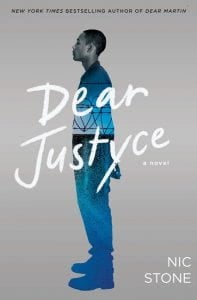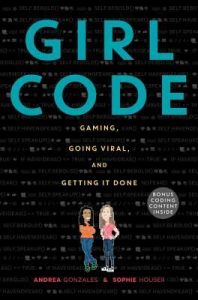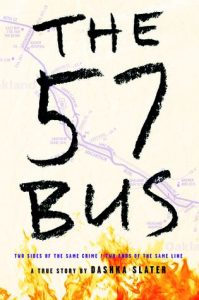 Stone, Nic. Dear Justyce. Crown Books for Young Readers, 2020. 978-1-984829-67-2. 288 p. $21.99. Grade 8+.
Stone, Nic. Dear Justyce. Crown Books for Young Readers, 2020. 978-1-984829-67-2. 288 p. $21.99. Grade 8+.
In a sequel to the Morris Award winning Dear Martin, Vernell Laquan Banks Jr., is writing letters to Justyce McAllister from his cell in juvenile detention while he awaits his sentencing for the murder of a police officer. Quan and Justyce, two bright boys from the same rough Atlanta neighborhood and just two years apart in age, have had drastically different trajectories for their lives. Justyce had the life changing benefits of a supportive family that pushed him towards excellence, while Quan’s family was mired in the cycle of poverty, domestic abuse, and incarceration. Reading through the scenes of Quan’s experiences, it is clear how crucial a support system is, and lacking that, how Quan made the choices he did which landed him in his current position. Justyce and Quan, who met on a playground as children, reconnect when Justyce hears of Quan’s incarceration and decides to visit his friend in jail. Justyce, who is now a pre-law student at Yale, hears Quan’s story and marshals the help of a lawyer, his girlfriend’s mother, to re-examine the case in the hopes of setting Quan free. This novel looks at the unjust treatment that African Americans deal with daily, shedding light on the harsh realities of life for inner city children and families with no safety net, particularly the educational and legal systems that fail to support or serve the communities they are supposed to.
THOUGHTS: Highly recommended for libraries serving teens, an extremely relevant and topical read.
Realistic Fiction Nancy Summers, Abington SD
Vernell Laquan Banks Jr. (Quan) writes letters from a detention center to Justyce McAllister (Dear Martin) while awaiting his trial for a police officer’s murder. Quan and Justyce both held promise as young students in Atlanta, but Justyce now is off at a fancy college and Quan took quite a different path. While both were good young students, Justyce had support at home while Quan lacked a present male role model (one flashback depicts the arrest of his father while Quan watches). Quan’s path is presented to readers though a series of alternating chapters about his childhood and letters he sends to Justyce, the only person on the outside that he feels will listen to him. To his credit, Justyce reads those letters and is firmly by Quan’s side. On the outside, people will judge Quan for one bad decision after another. Many would say there is no hope for a kid like him. A closer look reveals that Quan’s decisions, however, are made in an effort to support his young siblings and a mother who is stuck in a violent relationship. Is the deck so stacked against Quan that he has no hope?
THOUGHTS: Stone’s novel carefully examines the inequities, especially for minorities, of the education and legal systems that are in place. A must have for secondary libraries and fans of Stone’s other books as well as books by Tiffany Jackson, Jason Reynolds, and Angie Thomas.
Realistic Fiction Maryalice Bond, South Middleton SD


